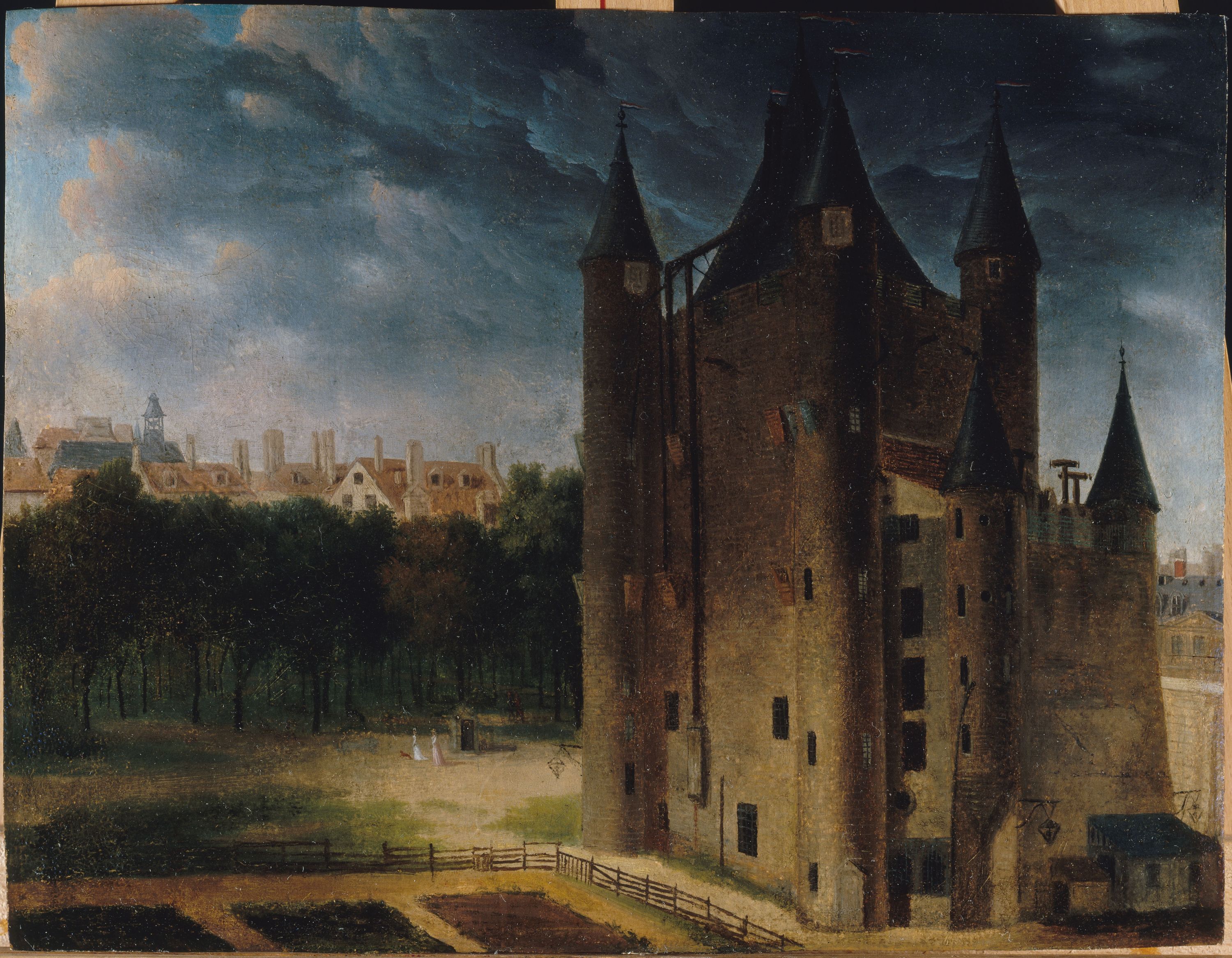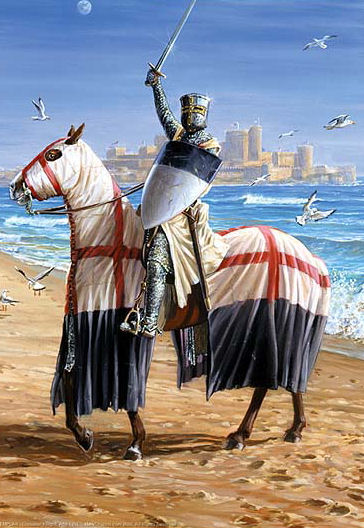1307 A.D.
The French King, Phillip IV the fair, has run out of money. His wars with Flanders and other principalities have emptied the treasury. Phillip went to great lengths to acquire funds where ever he could. In 1306, he expelled the Jews and seized their property. He even taxed the clergy, an unprecedented move that eventually claimed the life of the Pope. Yet the King's finances had not improved. Desperate, Phillip decided to come down on one of the richest institutions of the day, the order of the Knights Templar.
The Templars were easy enough targets. They held secret meetings, answered only to the Pope, and grown rich from their banking industry. Many contemporary chroniclers accuse them of greed and avarice. For Phillip, it seemed all to easy. He set to work trumping up charges of heresy, sorcery, perversion, and demon worship. It would appear that the Templars got wind of the plot because on September 7, 1307, a convoy left the Templar house in Paris and made its way to La Rochelle. There the convoy met up with the Templar fleet. Once the cargo had been loaded, the fleet disappeared and was never seen again.
 |
| The Temple in Paris |
 |
| Jacques deMolay's execution |
But what of the Templar treasure? The kings men found nothing but documents and coded messages in the Templar house. No gold, no silver, nothing. In sum, the most money was made from the Templar lands the crown seized. Popular speculation suggests that the fleet that left La Rochelle six days before the arrests took the treasure to Scotland. There, the excommunicated King Robert the Bruce would have given them sanctuary as fellow excommunicates. Though none of this has been proven, it remains a possibility. Other stories have sprung up about the Templars as well. Of how they found the philosopher stone, the diary of Christ, or the most popular, the Holy Grail. Whether they found the Holy Grail, practiced heresy, or were unjustly accused because of their wealth, they make great subject for study. Although the myriad of theories about the Knights Templar are captivating, this author recommends that in the end they are disappointing. The historical record is the best source of information about this great order.

Where in Scotland does popular speculation suggest they hid the treasure? Or do they suspect it was moved elsewhere?
ReplyDeleteGood question. Popular belief suggests that they used the money to fund expeditions to the new world. Several mysteries surround the buildings of Rosslyn Chapel in Scotland and the Newport tower in Rhode Island. Many speculate that the Templars had reached the new world before 1492.
ReplyDelete